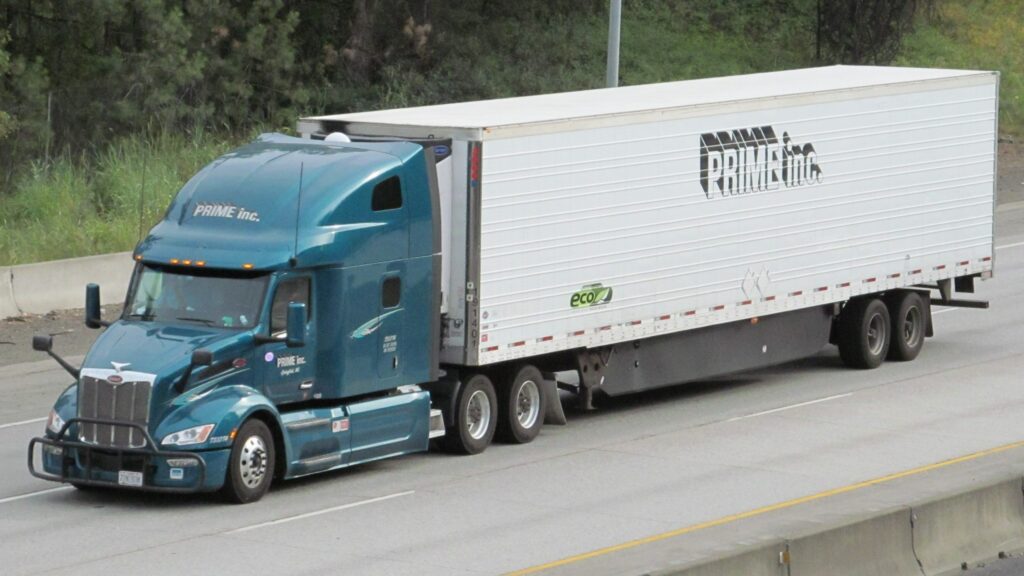
That pothole swallowing your suspension? Your neighbor’s Tesla didn’t cause it—the Amazon delivery truck did. While EV critics point fingers at battery weight supposedly crumbling our infrastructure, the engineering reality tells a dramatically different story that most policymakers would rather ignore.
The Weight Reality: EVs vs. Traditional Cars
Your typical electric vehicle does weigh about 30% more than its gas-powered twin, thanks to battery packs that add hundreds of pounds. A Tesla Model 3 tips the scales at roughly 4,000 pounds compared to a BMW 3 Series at 3,500 pounds. This extra mass means newer EVs can generate 20-50% more impact energy than their combustion counterparts.
But here’s where the physics get interesting: that weight difference matters far less than you’d think. Engineers measure road damage using something called the “fourth power law“—a fancy way of saying damage increases exponentially with weight, but only becomes significant when you’re talking about truly heavy vehicles. Your Prius-to-EV upgrade? Barely a blip on the infrastructure radar.
What Actually Damages Roads: The Physics vs. Perception
Picture this: you’re arguing about who ate the last slice of pizza while an entire buffet sits untouched in the next room. That’s essentially the EV weight debate when trucks are involved.
“Load-related damage to pavement and bridges is caused almost exclusively by heavy trucks,” explains Mark Gottlieb, a civil engineer who studies infrastructure wear. “The contribution from autos and light trucks is insignificant. It makes no difference if they are EV or internal combustion.”
The numbers are staggering: a single 80,000-pound semitruck causes roughly 2,500 times more road damage than your 4,000-pound sedan. Academic studies suggest complete EV adoption could increase passenger vehicle road wear by 20-40%, but that’s still drops in an ocean compared to commercial truck damage. Small electric cars make what researchers call “a negligible contribution” to overall infrastructure deterioration.
The Real Infrastructure Challenge
Some governments are catching on to this reality gap. Alberta, Canada recently introduced annual EV taxes supposedly addressing road wear, but engineers acknowledge this targets revenue replacement rather than actual infrastructure science. As fuel tax income disappears with electrification, politicians need new funding sources—just don’t blame your car’s battery pack for those construction zones.
The genuine concern lies ahead: electrifying delivery trucks, buses, and long-haul freight. Those vehicles could genuinely stress infrastructure designed for lighter loads. But your commuter EV? Keep enjoying that silent acceleration guilt-free.
Last modified: July 27, 2025







